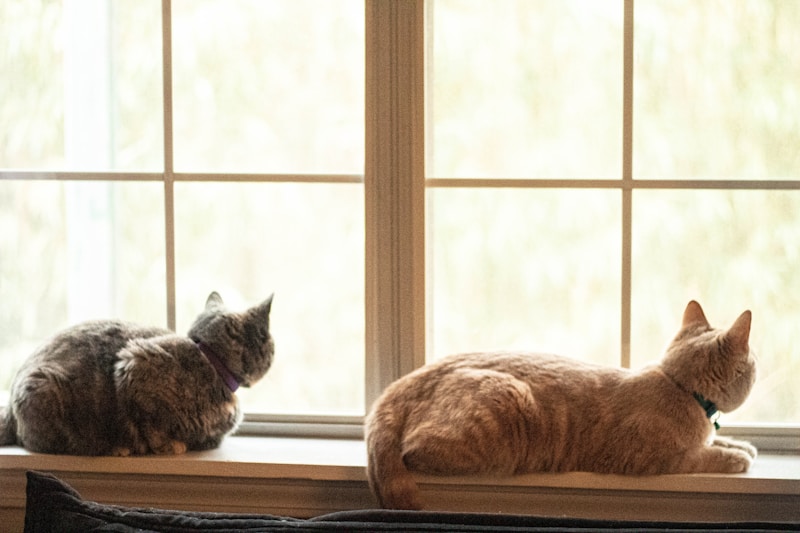In quiet neighborhoods or bustling cities, we often find comfort in the ordinary — the predictable patterns of life, the familiarity of our surroundings. But every so often, something stirs in the shadows, quietly unsettling that sense of peace. “Shadow in the Window” isn’t just a chilling phrase; it’s a reminder of the unknown presence we occasionally feel watching from just beyond the glass. Whether it’s a psychological phenomenon, a cultural motif, or a real-world mystery, the concept taps into our deepest fears and fascinations.
The Unsettling Familiarity of Shadows
Shadows are a natural part of our world, yet they carry with them an inherent mystery. From an evolutionary standpoint, humans are wired to notice motion and shifts in light — tools essential for survival. This sensitivity also explains why we sometimes feel as though we’re being watched or see something out of the corner of our eye. A shadow in the window becomes more than just a play of light; it becomes a possible threat.
This psychological phenomenon, often referred to as pareidolia, is the brain’s tendency to perceive familiar patterns — such as faces or figures — in random stimuli. When you glimpse what appears to be a figure in your window, your brain tries to make sense of it, often defaulting to something human-shaped. It’s not always a ghost or intruder — but our instincts kick in just the same.
Cultural Interpretations of Window Shadows
Throughout history, the image of a shadow in a window has held various meanings across cultures. In Western horror literature and cinema, it symbolizes an unseen presence — often malevolent — watching from outside or trapped within. Films like Psycho, The Woman in Black, and The Others use this imagery to evoke fear and suspense.
In other cultures, the shadow in the window may represent a spiritual visit. In some Eastern traditions, it’s believed that ancestral spirits return to check on the living, appearing in dreams or shadows near windows and doors — the symbolic thresholds between worlds. In this context, the shadow isn’t necessarily frightening; it could be a sign, a message, or a lingering bond.
Real-World Incidents and Urban Legends
Beyond fiction and folklore, there are documented cases and urban legends involving unexplained figures at windows. From tales of a woman who sees the same shadow every night at 3:00 a.m. to homeowners reporting faceless silhouettes standing silently outside, the stories are as varied as they are eerie.
One famous urban legend from the American Midwest tells of the “Watcher in the Glass” — a tall, unmoving figure said to appear in the window of an abandoned farmhouse on full moon nights. Locals say the shadow doesn’t move but is never seen arriving or departing. Whether it’s the result of pranksters, reflections, or something else entirely, the mystery endures, fueled by community storytelling and the shared fear of being watched.
Such stories aren’t always easy to dismiss. In some cases, security cameras and photographs have captured strange figures with no clear explanation. While many of these can be attributed to tricks of light or environmental reflections, they still leave an impression — especially when paired with the feeling of being observed.
The Psychological Impact of Being Watched
There’s a primal discomfort associated with the idea of someone — or something — watching us. This discomfort is known as scopophobia, the fear of being stared at. It taps into our vulnerability and loss of control, especially in our private spaces like home.
When someone reports seeing a shadow in the window, it’s not just the physical image that haunts them; it’s the psychological invasion. Our homes are our sanctuaries. A shadow in the window represents a breach of that safety — not necessarily by a real person, but by an idea, a presence, or an unresolved emotion. It’s why such sightings tend to linger in memory, and why they often surface in our dreams or moments of solitude.
The image of a shadow in the window is simple but deeply evocative. It’s a symbol layered with meaning — of fear, loss, longing, and the mysteries we try to explain away but can never fully ignore. Whether it’s a ghostly visitor, a figment of the mind, or something else entirely, one thing remains clear: some shadows aren’t just cast by light — they’re shaped by the darker corners of our imagination.

